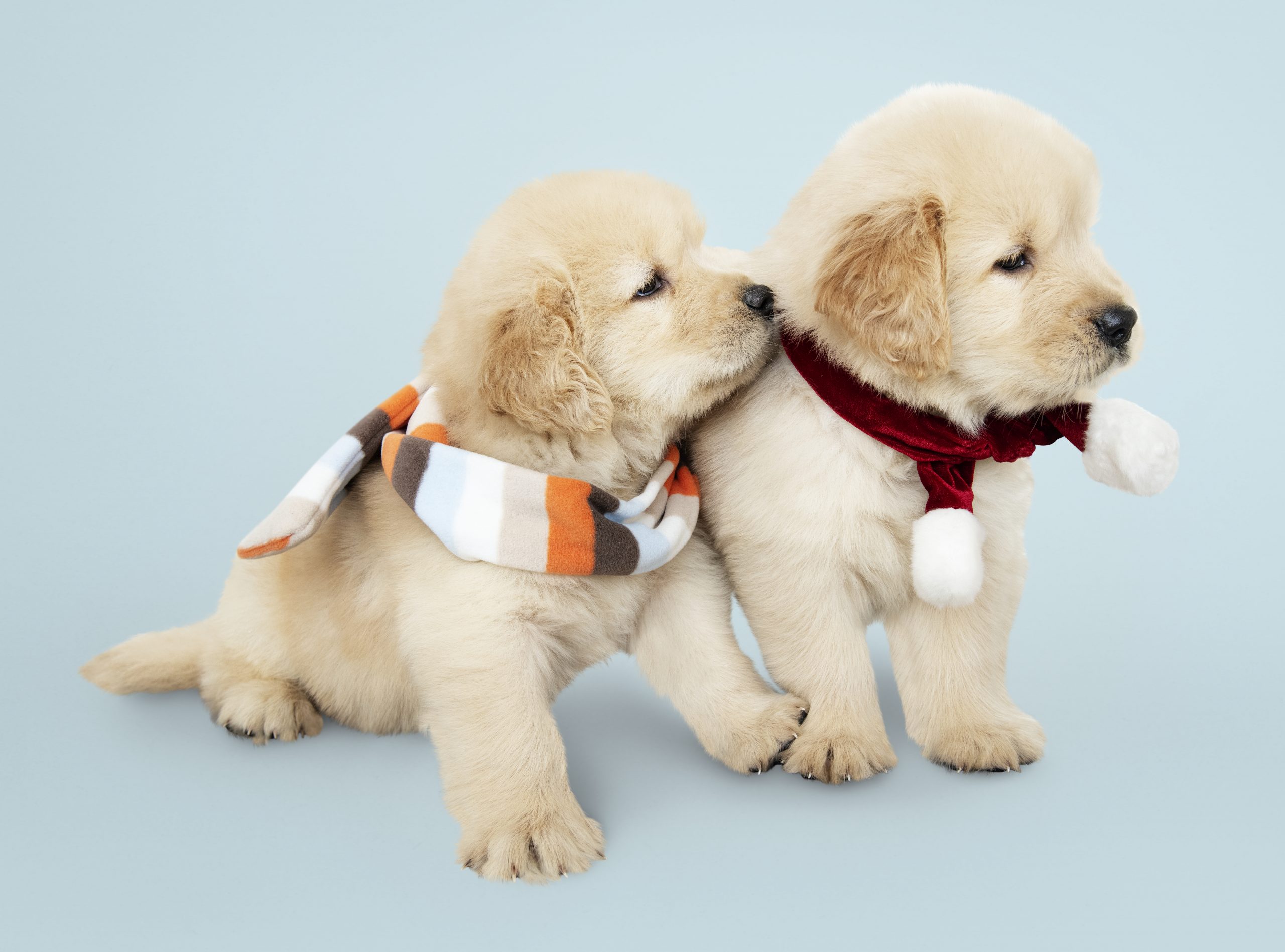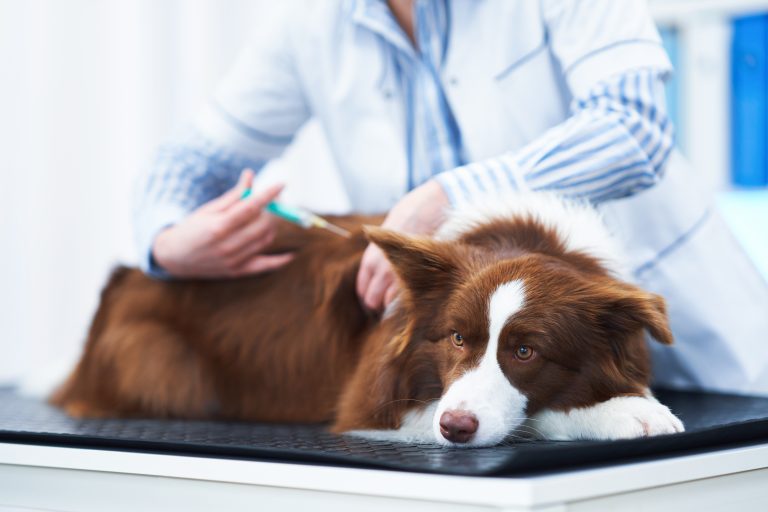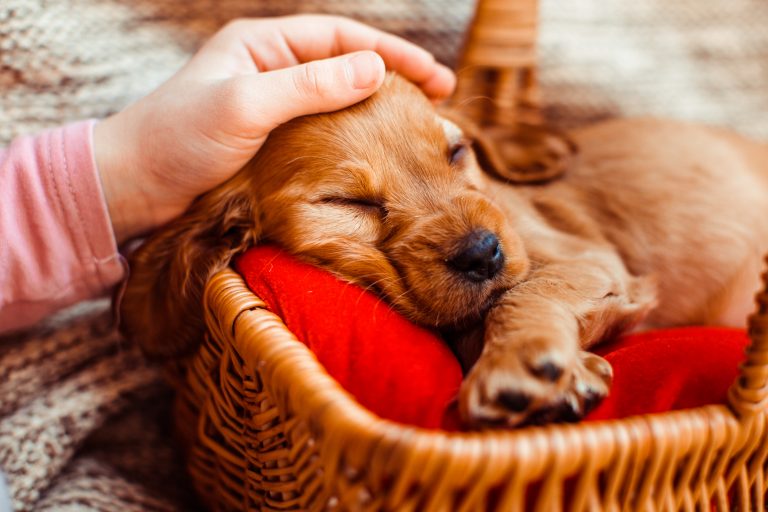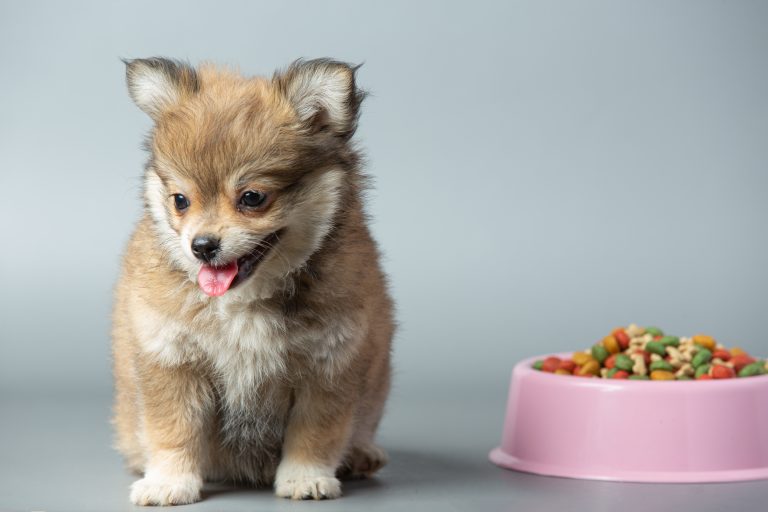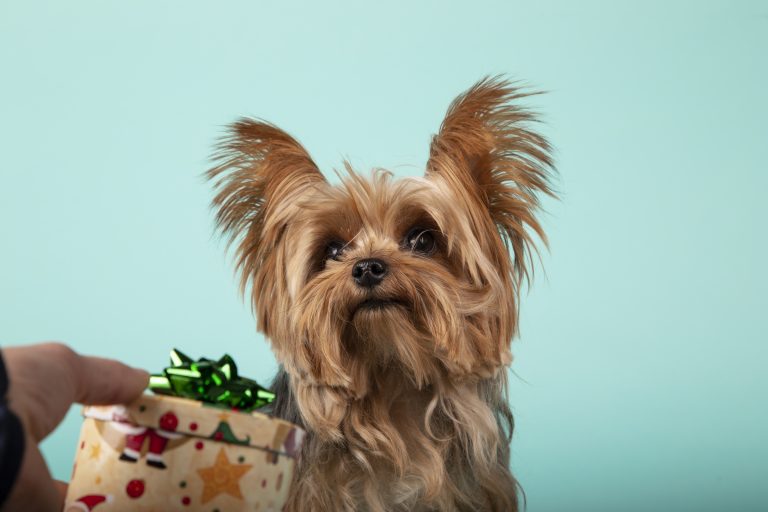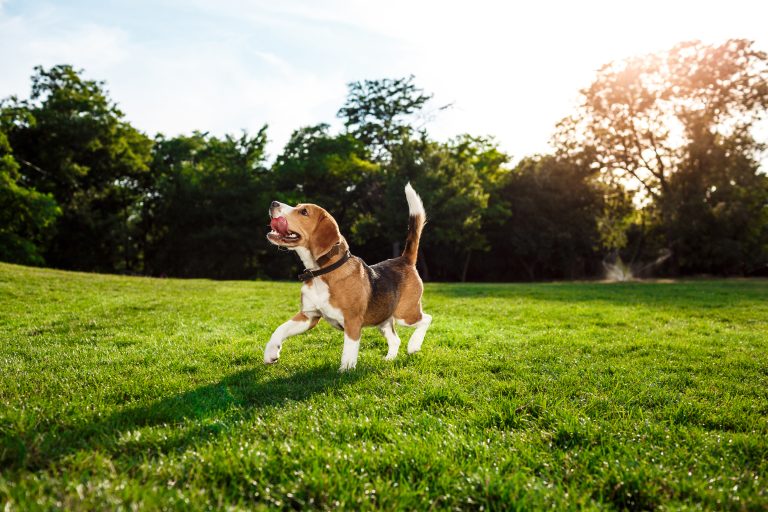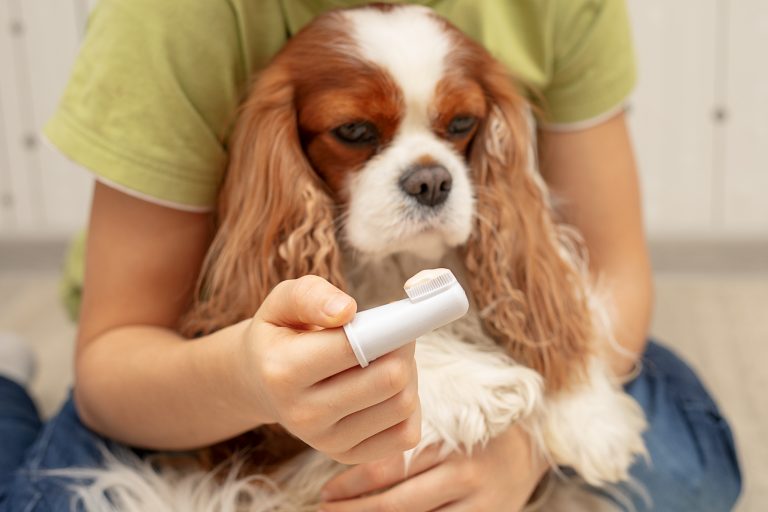Birds Of Prey: How To Keep Your Small Dog Safe
When it comes to costly vet appointments, you don’t have to pick between your pet and your cash. Find the perfect pet insurance to cover any unexpected vet expenditures ahead of time. You could hear or read of a hawk, owl, or eagle attacking a small domestic dog from time to time. While this is an unusual happening, it does occur. The good news is that you can do a lot to safeguard your dog from these dangerous predators. However, knowing a bit about these birds of prey, their eating patterns, and if they’re a threat to your pet helps.
Can birds of prey kill little dogs?
Predatory birds may kill little dogs, particularly the tiniest ones like Chihuahuas and Toy Poodles. Small dogs may be targeted by predatory birds, who prefer to feed on other wild animal species. In most circumstances, a raptor would have to be starving for food to attack a dog, no matter how little, and an avian predator would have to be in a unique situation to lift a dog off the ground. If the dog is on the beach or in a large open field or yard, they may be snatched, but they will undoubtedly be dropped, which presents its own set of risks.
How can I keep my tiny puppy safe from raptors?
While each bird species has different capabilities and hunting routines, some qualities may be employed to safeguard your pups that can be found in all of them. Some predator defense tips may overlap and be used on any predator.
Owls
The Great Horned Owl, North America’s most enormous owl, is the most likely to attack a domestic dog. There are a lot of them, and they’re found throughout the continent. The Snowy and Long-eared Owls are two more predators that may attack small dogs. Owls are nocturnal; therefore, they may shoot a little dog when they go out at night.
Even though it’s tempting to let your dog out for a pee break before evening, you’ll be safe from owls if you’re right next to them. Owls are wary creatures that will avoid people unless they guard their nests. Lights may sometimes be both confusing and repellent to them. Mice, tiny rabbits, and moles are preferred food for owls and other predatory birds.
Many things you can perform to maintain your dog safe from owl attacks:
- At night, keep your dog indoors.
- When they go outside for a toilet break, keep an eye on them.
- Cover the top of your dog run with netting or fence if you have one.
- Put Fido in durable and lightweight protection gear like Raptor Shield or coyote vests. The protective coyote version comes with retractable spikes for further biting protection.
- Fit your house with a motion-activated light.
- When your dog is outdoors, wear an LED collar or one with flashing lights.
- To keep actual owls and other birds away from your yard, set up a couple of decoy owls.
- Keep an ear out for owls hooting.
Hawks
The Red-tailed Hawk, Red-shouldered Hawk, and Northern Goshawk are among the more than two dozen hawk species found in the United States, while the Red-tailed Hawk is the most likely to attack a small dog. They can swoop down at 120 mph on their prey, and they hunt throughout the day since they are sight hunters.
The Migratory Bird Treaty Act protects hawks and owls, and eagles. Even if you’re only trying to protect your pet, harming or killing these birds may result in jail time and heavy penalties. If your dog gets assaulted, the best course of action is to make a lot of noise and dash toward the bird to scare it away.
Hawks may believe they can take a tiny dog away, only to discover they are too heavy after the pup is hoisted off the ground. They’ll then drop them, possibly inflicting head trauma, shattered bones, internal injuries, and talon and beak puncture wounds, as well as talon and beak puncture wounds.
The following are the best ways to defend yourself against hawks:
- When your dog is outdoors throughout the day, keep an eye on them.
- Providing them with a wire-covered cage for outside play, similar to a “catio.”
- Small birds attract hawks and other predators; therefore, bird feeders should be removed from the yard.
- Keeping your dog on a leash to avoid being carried away by a hawk
- Keeping away from regions where lesser birds congregate
- Taking your dog on a walk in a group
- Stay close to the forests or treelines and avoid open places when out in nature.
- Putting up an ultrasonic bird repellent system to keep all birds away.
- To scare hawks in flight, hang flashy things from trees and porch overhangs.
- Fitting your dog with a HawkShield may be Velcro-attached to a protective vest.
Eagles
Eagles like perching in trees and looking for prey such as small animals, rodents, and snakes. They hunt throughout the day and frequently watch their nests, which they defend with tremendous quickness against human or animal invaders. When they attack, you may not even realize you’re traveling near an eagle’s nest. An eagle can defend a territory up to 150 feet from its nest.
Eagles aren’t mighty, so even if they catch a little dog in their paws, they won’t be able to carry it very far. Trauma from being dropped on the ground might indicate that an eagle has snatched and transported your lost dog. If permitted, the bird will remain with the pup and try to kill and devour it. The eagle is another protected bird species that cannot be hurt or killed.
Many of the safeguards mentioned in the sections on owls and hawks will also apply to eagles. You can also do the following:
- To frighten it away from your dog, make noise and flap your arms.
- Scatter balloons or beach balls with huge eyes about your yard to scare them away.
- To dissuade them from nesting or perching to hunt in your yard, prune the trees in and around it.
- Keep your yard clean and clear of the clutter that might attract mice and other wildlife to your house.
Falcons
Falcons are smaller than hawks and eagles and weaker than owls, yet they have long been used for hunting and incapacitating deer and other animals. Their preferred diet is smaller birds, which they may grab in mid-air or knock down and bring back to their nests. Small rodents are likewise more likely to be attacked than puppies.
Even the tiniest toy poodle is too heavy for falcons to take away, much less catch on the ground. However, just because they aren’t interested in dogs doesn’t mean they won’t ever attack one, and their nails and beaks may cause serious injury. Falcons may be deterred from attacking your little dog by using the same preventive measures as owls, eagles, and hawks.

